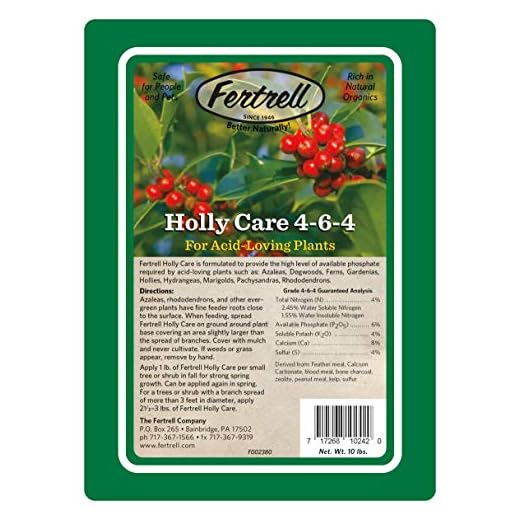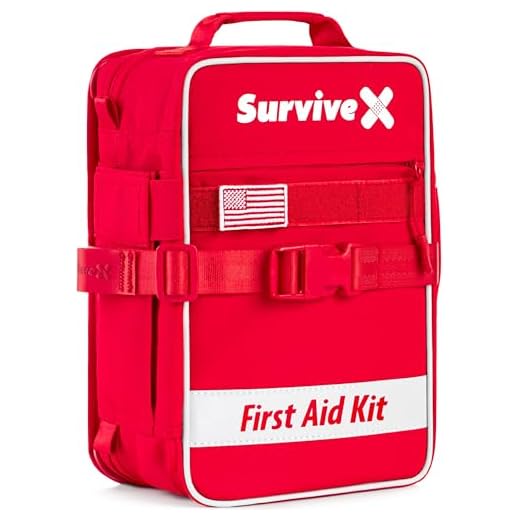



Yes, those beautiful flowering shrubs can pose a risk to our furry companions. While their vibrant blooms may be enticing, they contain compounds that can lead to serious health issues for curious kitties. If you have these plants in your home or garden, it’s crucial to keep a close eye on your feline friend to prevent any unfortunate encounters.
Symptoms of ingestion may include vomiting, diarrhea, and lethargy. If you notice any of these signs after your companion has been near these plants, it’s essential to consult a veterinarian immediately. Quick action can make all the difference in ensuring your pet stays healthy and safe.
To keep your home safe, consider opting for non-harmful plants that are safe for your four-legged family members. Always research any greenery before introducing it into your living space, especially if you have an adventurous cat who loves to explore. Prioritizing their safety is key to a happy and healthy home.
Risks of Certain Plants to Felines
Ingesting parts of specific flora, including some ornamental varieties, can lead to adverse reactions in my furry friends. Symptoms may manifest as vomiting, diarrhea, or lethargy. If any of these signs appear after exposure, contacting a veterinarian is crucial for prompt care.
Identification and Symptoms
Recognizing the signs of distress is key. Watch for drooling, loss of appetite, or unusual behavior. If you’re unsure about a plant’s safety, it’s best to avoid having it in your home or garden. Always prioritize a safe environment for your companions.
Prevention and Safety Measures
To keep your household safe, opt for non-harmful greenery. Research any new additions to your plant collection, and consult with professionals when in doubt. Providing a secure space for your beloved pets ensures their well-being and happiness.
Identifying Rhododendrons and Their Varieties
To recognize these flowering shrubs, focus on their leaves and blooms. The foliage is typically evergreen, leathery, and ranges from dark green to a lighter shade, often with a glossy finish. Flowers can vary significantly, appearing in clusters and showcasing colors like white, pink, purple, and red.
Main Varieties
Several notable types exist, each with unique characteristics:
| Variety | Features |
|---|---|
| Rhododendron Catawbiense | Large, leathery leaves; lavender to purple blooms. |
| Rhododendron Maximum | Tall growth; white to pink flowers; grows well in shade. |
| Rhododendron ‘Nova Zembla’ | Bright red flowers; compact form; hardy in colder climates. |
| Rhododendron ‘Pink Pearl’ | Soft pink blooms; moderate growth; good for gardens. |
When selecting a type, consider climate adaptability and the designated planting area. Each variety can offer distinct aesthetics and growth habits, making careful identification essential for gardeners and plant enthusiasts alike.
Symptoms of Rhododendron Poisoning in Cats
When exposed to harmful plants, immediate recognition of distress signals is crucial. Common indicators of adverse reactions in felines include vomiting, diarrhea, and excessive drooling. These symptoms often appear within a few hours after ingestion.
Behavioral Changes
Watch for lethargy or unusual agitation. If I become less active or seem restless, it could signal an underlying issue. Additionally, difficulty breathing and increased heart rate are serious signs that require urgent attention.
What to Do Next
If you suspect I have ingested a harmful plant, contact a veterinarian promptly. Quick action can make a significant difference in treatment outcomes. In case of an emergency, be prepared to provide details about what I might have eaten. Keeping my diet in check is essential; consider looking into the best wet food for Bengal cats for safe options.
Stay informed about the plants around your home. If you have any doubts, consult a pet care professional for guidance. Remember, prevention is always better than cure!
Immediate Actions to Take If Your Cat Ingests Rhododendrons
If I ever find myself munching on parts of the plant, my human should first ensure my safety by checking for any visible signs of distress. If I seem unwell, they should contact a veterinarian immediately.
The first step is to stay calm and observe my behavior. Notice if I exhibit any unusual symptoms like vomiting, lethargy, or difficulty breathing. This information will be crucial for the vet.
Next, my human should remove any remaining plant material from my vicinity to prevent further consumption. They shouldn’t induce vomiting unless instructed by a professional, as this can sometimes worsen the situation.
Gather all relevant details about the plant, including its name and the amount ingested. This information will help the vet assess my condition more effectively.
If possible, my human should take a photo of the plant or bring a sample to the clinic. This can assist the vet in determining the best course of action.
During this time, keeping me comfortable is key. They should ensure I have a quiet and safe space while waiting for veterinary assistance.
Finally, follow the vet’s advice carefully. They may recommend specific treatments or monitoring instructions. Ensuring I receive prompt and appropriate care is essential for my recovery.
Preventing Access to Harmful Plants in Your Garden
To keep me safe, my human should consider barriers like sturdy fences or garden gates around areas with harmful greenery. This not only restricts my wandering but also reduces the chances of an accidental nibble. Installing a cat-proof fence with an inward curve can be particularly effective.
Plant Selection
Choosing non-harmful flora for the garden is a smart move. My human can replace dangerous varieties with safe options, ensuring a cat-friendly environment. Researching plants before adding them is crucial; there are plenty of lists available online that highlight safe alternatives.
Creating a Designated Play Area
It’s helpful to set up a specific area for my outdoor adventures, stocked with engaging toys and safe plants. This way, I can explore without the risk of stumbling upon harmful species. Regularly checking this space for any stray plants is important to keep it safe.
Veterinary Treatments for Rhododendron Toxicity
If you suspect your feline companion has ingested harmful plant material, immediate veterinary attention is essential. The veterinarian may induce vomiting within a few hours of ingestion to prevent further absorption of the toxic compounds. Activated charcoal is often administered to bind the toxins in the gastrointestinal tract, reducing the risk of systemic effects.
Supportive Care
Intravenous fluids might be necessary to maintain hydration and support kidney function, especially if vomiting or diarrhea occurs. Monitoring vital signs is critical, as it helps assess the overall health status of your furry friend. If neurological symptoms arise, additional medications may be prescribed to manage these effects.
Long-term Management
After initial treatment, follow-up visits will ensure your pet’s recovery progresses. Discussing dietary changes or supplements to support liver and kidney health could be beneficial. Always keep in close contact with your vet for any changes in behavior or health.
Preventing exposure to harmful flora is the best approach. Create a safe environment by removing any hazardous plants and educating yourself on safe alternatives for your greenery.
Alternative Plants Safe for Your Feline Friends
Here are some safe options for your home:
- Spider Plant: Easy to care for and helps purify the air.
- Boston Fern: Adds humidity to the environment and is non-harmful.
- Areca Palm: A beautiful addition that thrives indoors and is safe.
- Parlor Palm: Low maintenance and perfect for small spaces.
- Cat Grass: A favorite among many felines, great for digestion.
- Calathea: Known for its stunning leaves, this plant poses no threat.
- Bamboo Palm: An attractive choice that also filters toxins.
Always check labels when purchasing plants. Some varieties may have specific care needs or sensitivities. Keeping your home safe for furry companions is easy with the right choices!






